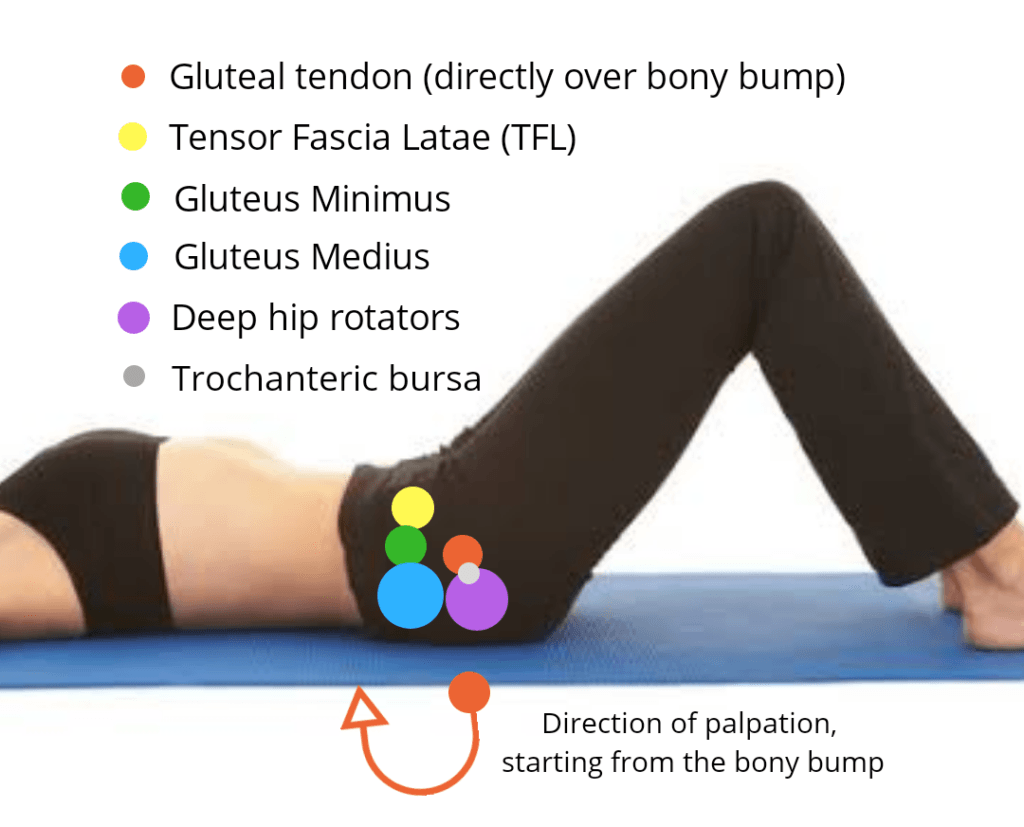In This Article
You know the scenario – you’re working hard to be a better runner but there’s a niggle that just won’t go away. You start noticing hip or buttock pain after running, then it affects your stride and movement…then it kills your fun altogether!
The first thing you’ll notice is that it hurts at night when you’re lying on your side. That often happens before it gets sore during running or squatting down. If you can act at this stage, it recovers a whole lot quicker.
To fix the problem, you’ll need to figure out what’s caused it. And that’s actually quite simple, if you know what to look for 😉
Hip pain can be managed with the right running shoes
Our expert Physiotherapists have compiled a list of running shoes that can be helpful with hip pain.
They’ll help you move well again and with less pain.
How to find the cause of your hip pain
You can identify the nature of your injury based on its pain pattern over a normal day. Think about how it feels when you first wake up, during daily activities, when you first go to bed and throughout the night.
Inflammatory symptoms
If the pain seems to be flare up after rest, such as sleeping or prolonged sitting, it’s most likely an inflammatory issue. You’ll notice that it feels stiff and painful when you first get up in the morning.
You start wondering if you slept wrong or if your mattress needs replacing. But inflammatory issues don’t like staying still. So it’s not about your mattress or sleeping position, it relates to how irritated the hip became after yesterday’s activities.
Another feature of inflammatory conditions is that they loosen up with exercise and movement. You might notice that it takes 15 minutes to loosen up in the morning or that you feel rusty for the first 5 minutes of your run.
Inflammatory pain often disappears completely when you’re moving, only to come back even stronger after you cool down.
Hip flexor or hip joint injury?
Trying to differentiate between a hip flexor issue and pain from the hip joint can confuse even experienced medical professionals. They both can cause pain when you lift your knee towards your chest or during activities like running.
But there is some telltale signs that can help confirm the diagnosis.
If you’re experiencing pain in the front of your hip, start in a seated position and raise your knee towards your chest. Once you experience pain, use your hands behind your thigh to pull your knee further towards the chest while relaxing the leg muscles.
If that increases your pain, it’s most likely a hip joint issue as you’ve added further compression to the joint. This includes hip impingement, labral tears and hip osteoarthritis.
If your pain actually improves when your hands take over, then it’s more likely that you have a muscle injury. The most common culprit is a hip flexor but other muscles can still produce this pain.
Lateral hip pain
Pain on the side of the hip and buttock commonly relates to tendon and bursa inflammation.
It’s the most common cause of pain when sleeping on your side.
Confirming that it’s a tendinopathy with or without bursitis is as simple as pressing on it. Better still, have someone else do it for you.
Lay down on your back with your knees bent and feet resting on the bed/ground so your muscles are relaxed. Find the bump on the side of your hip, the Greater Trochanter.
Press firmly against the bone, then work your way back towards the buttock. Once you dig into the softer muscles behind the Greater Trochanter, work your way up towards the lower back.

If the injury affects muscles, tendons or bursae around the hip, it will be painful to press on in almost all cases.
If you can’t find a painful spot on your lateral hip when you’re pressing, it’s more likely that your pain is being referred from the hip joint or lower back.

